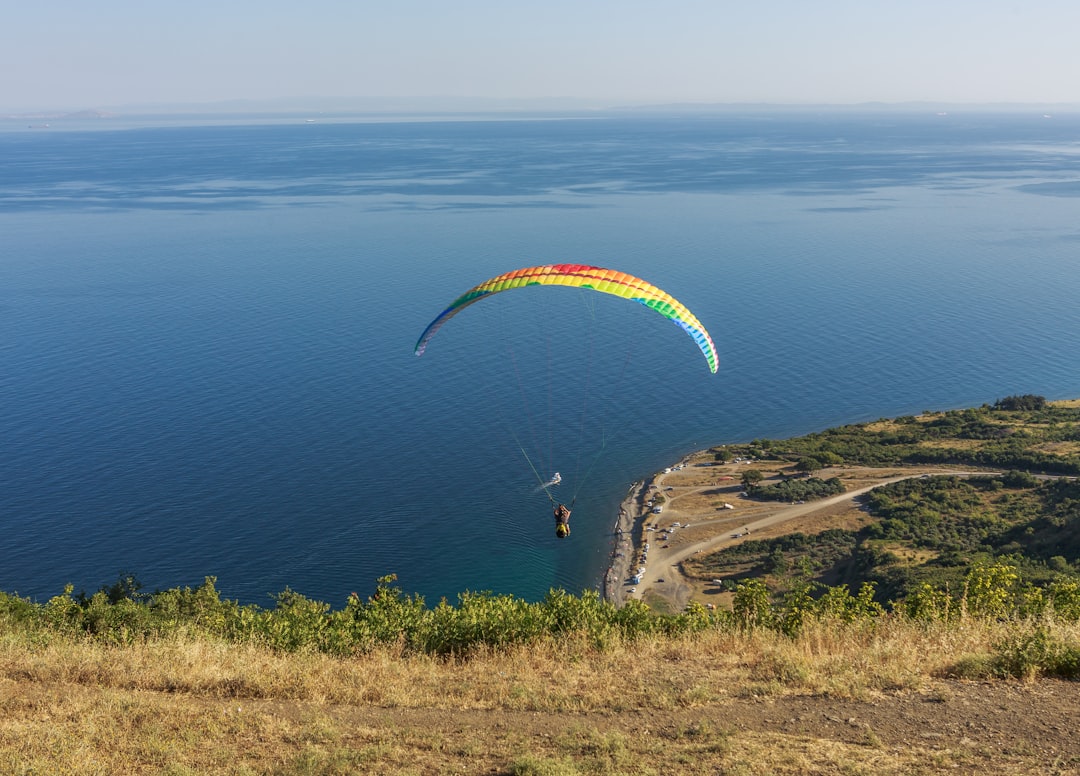
A Guide to Creating a Custom Itinerary for Your Travels.
# Introduction. Planning a trip can be exhilarating, yet daunting. With so many destinations, experiences, and logistics to consider, it’s easy to feel overwhelmed. A custom itinerary can transform your travel experience from stressful to seamless, enriching your journey with a well-thought-out plan that reflects your interests and preferences. In this guide, we will walk you through the essential steps to create your custom travel itinerary, ensuring it is tailored specifically for you and your travel companions. # Identifying Your Travel Goals. Before diving into the specifics of an itinerary, reflect on your travel goals. Are you looking for relaxation on a beach, an adventure-filled trek, cultural experiences in museums, or gourmet food tours? Perhaps you want a mix of everything. **Defining your goals will lay the foundation** for the activities you choose and help you allocate time efficiently. For example, if you lean heavily towards adventure, allow extra days for hiking or excursions. Creating a list of must-visit destinations or activities can be an invaluable reference point throughout the process. # Researching Your Destination. Once your goals are clear, research the destination(s) you've chosen. Understand the popular attractions, local customs, and seasonal weather, which can greatly affect your travel experience. Websites like TripAdvisor, Google Maps, and local tourism boards can provide insights into must-see attractions as well as lesser-known hidden gems. Don’t forget to read blogs and watch vlogs, as they often provide real experiences and insider tips that guidebooks might miss. # Choosing Accommodations Wisely. Selecting the right accommodation is pivotal to your travel experience. Think about what amenities are important to you and your travel companions. **Are you looking for a cozy hotel in the city center, a family-friendly resort, or a tranquil Airbnb in nature?** After pinpointing your preferences, comparison websites like Booking.com and Expedia can help assess options across various budgets. It’s also wise to check out customer reviews to ensure the accommodation aligns with your expectations. # Structuring Your Daily Activities. The next step is to map out your daily activities. Outline what you want to accomplish each day based on your research. For example: - **Day 1:** Arrival, check into the hotel, and an evening exploration of the local area. - **Day 2:** Morning museum visits, lunch at a local café, and an afternoon hike. - **Day 3:** Leisurely beach day and a sunset dinner cruise. **Be sure to balance activity with downtime**, ensuring that your itinerary isn’t crammed. Over-scheduling can lead to burnout, detracting from the overall enjoyment of your trip. Consider travel time between activities and local traffic to avoid unnecessary stress. # Managing Time Effectively. Effective time management can enhance your travel experience significantly. Use a combination of digital tools and traditional methods to keep yourself organized. Consider utilizing apps like Google Maps for directions and traffic updates, and scheduling apps like Trello or Todoist for an overview of your itinerary. **Whatever method you choose, keep your itinerary easily accessible**, whether in digital form on your smartphone or printed on paper for old-school convenience. Having it handy means you can tweak or adjust on the go, ensuring you aren’t stuck in rigidity if an unexpected experience arises. # Being Flexible and Open to Changes. While it’s essential to have a plan in place, flexibility is key. The magic of travel often happens unexpectedly, and open-minded travelers might discover new opportunities that are not included on their itinerary. Perhaps a local festival sparks your interest, or a stranger recommends a binge-worthy restaurant nearby. Embrace spontaneity; some of the best travel memories come from unplanned adventures. **Always leave a little space in your itinerary for spontaneous exploration.** # Conclusion. Creating a custom travel itinerary can significantly enrich your travel experience. By identifying your goals, researching your destination, selecting suitable accommodations, structuring activities realistically, managing your time, and maintaining a flexible mindset, you'll be well-prepared for an unforgettable trip. Remember that the journey is just as important as the destination; stay open to change, and don’t forget to enjoy every moment. Armed with a well-planned itinerary, you're now ready to embark on your next adventure with confidence and excitement. .








